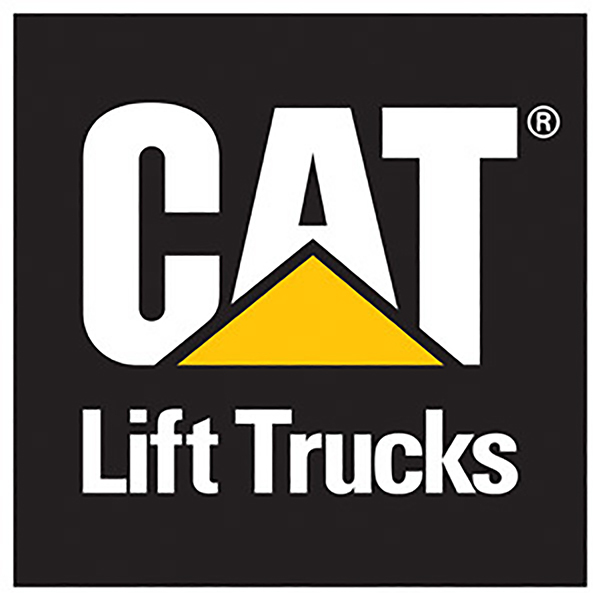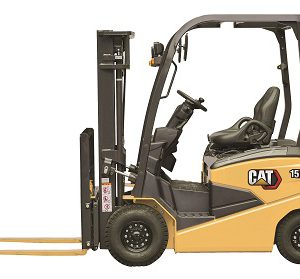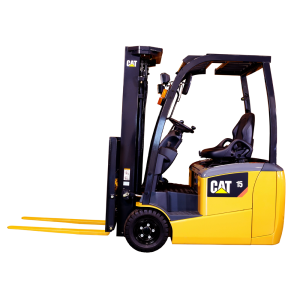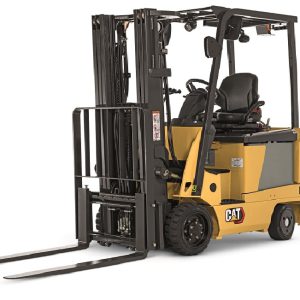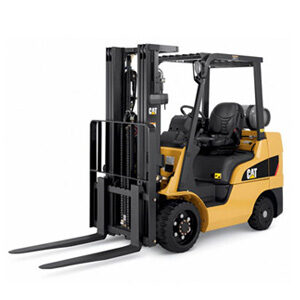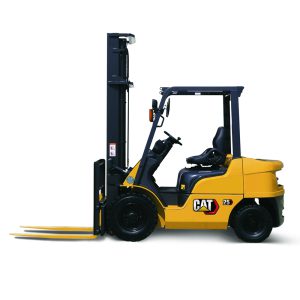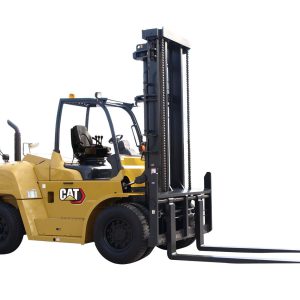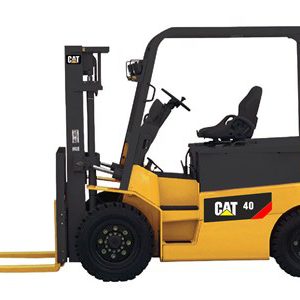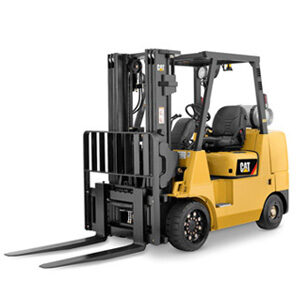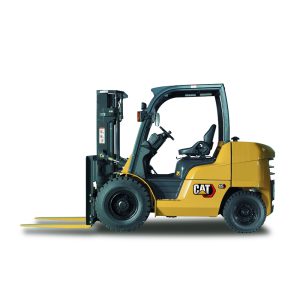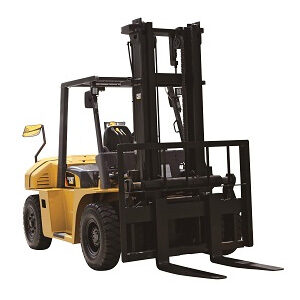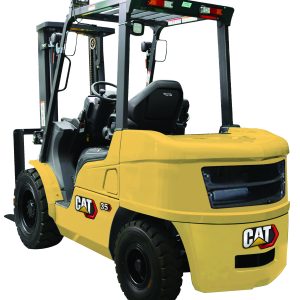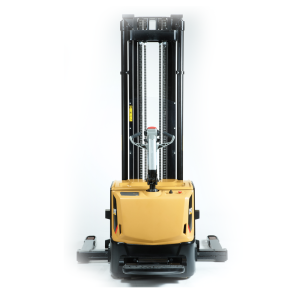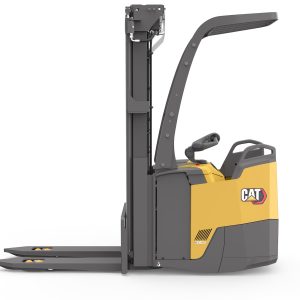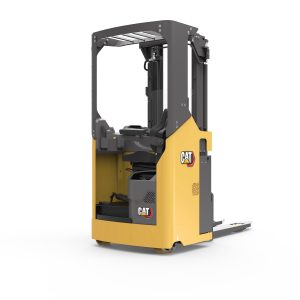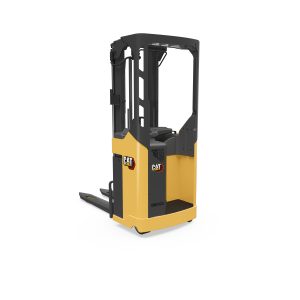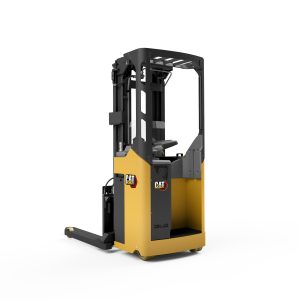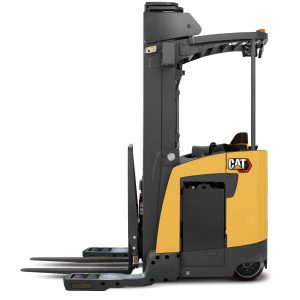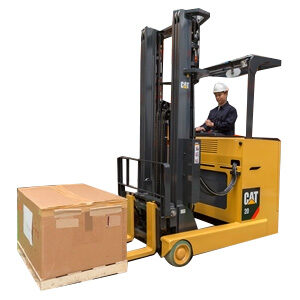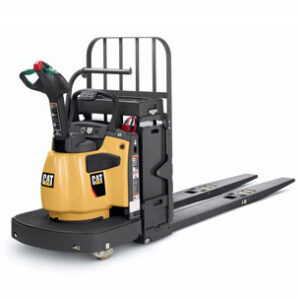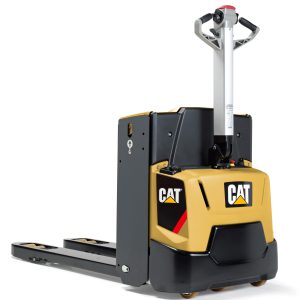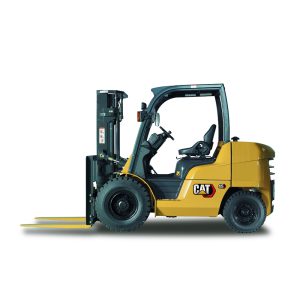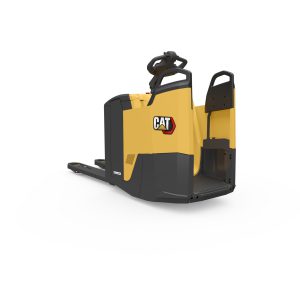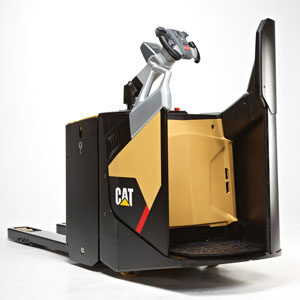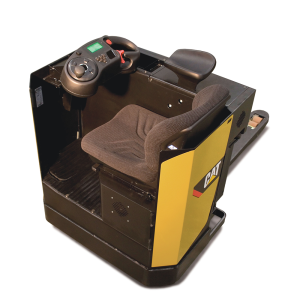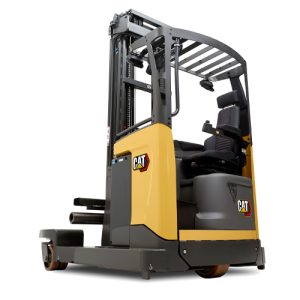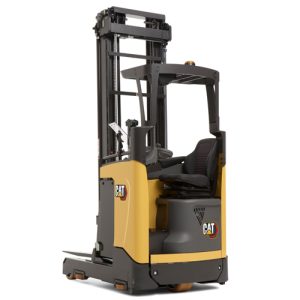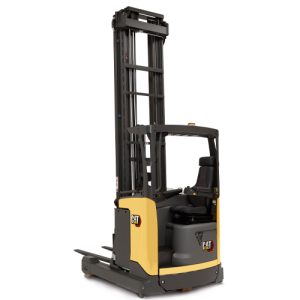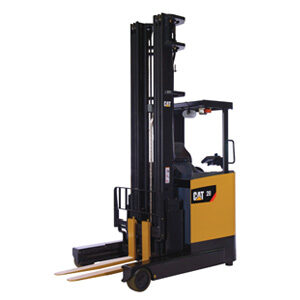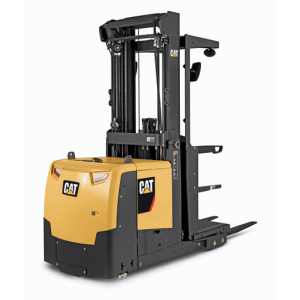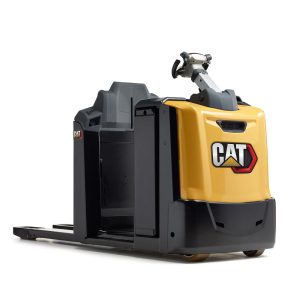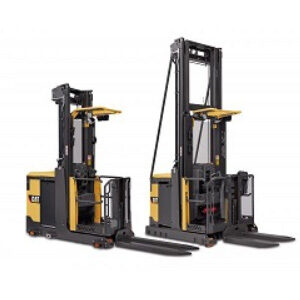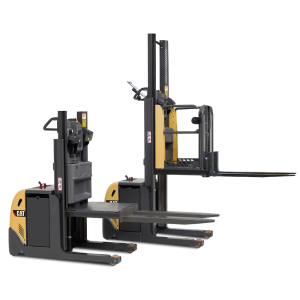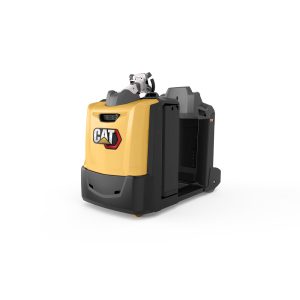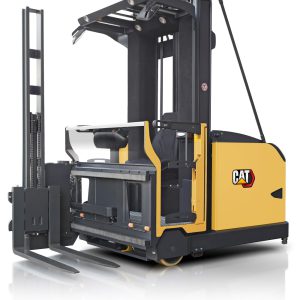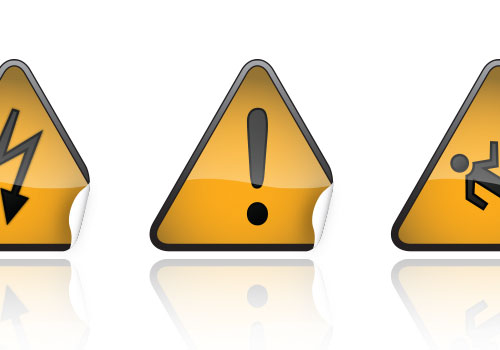
Reducing risk improves warehouse performance
01/06/2019
Making sure the warehouse is a safe place to work has very serious moral, legal and business implications. This can turn the risk assessment into a daunting prospect for management.
Gay Sutton finds out how to take the difficulty out of the process and make it truly effective, turning an onerous task into an in formative element in continuous improvement.
With increasing volumes of safety regulation, and the rise of compensation cases brought against employers for injury in the workplace, the pressure to perform extensive and highly detailed risk assessments has never been so great. And the pressure is most onerous for small and medium sized businesses where health & safety (H&S) is often just one of the many responsibilities resting on the shoulders of the operations manager or chief executive.
Visible leadership
“The pressure to perform extensive and highly detailed risk assessments has never been so great.”
By separating the truth from the myth and identifying the best methods for managing the risk assessment process, this burden can be greatly reduced. In essence, a risk assessment should be a careful examination of what, in your specific workplace, could harm your workforce so that you can weigh up whether you have taken enough precautions or should do more to prevent harm. It doesn’t require you to eliminate all risks, but to do what is practicable.
And then continue fine tuning the systems in your workplace. “It’s continuous improvement really, and that’s what people tend to miss,” explained Roger Bibbings, occupational safety adviser at RoSPA (Royal Society for the Prevention of Accidents).
The European Agency for Safety and Health at Work recommends a five step approach to the risk assessment and this is applicable across all EU member states. How you manage this, however, makes all the difference to its effectiveness and the level of difficulty experienced.
Roger Bibbings, occupational safety adviser at RoSPA.
“The European Agency for Safety and Health at Work recommends a five step approach to the risk assessment.”
Bibbings recommends taking a step back and considering the general hazards and risks for the business – levels of training and competence, materials brought in and stored or despatched from the facility, emergency risks such as fire or equipment failure, slips, trips and falls, ease of access and so on.
Next, focus-in by department or work area. This involves going into the workplace accompanied by a supervisor or team leader, talking with those on the shopfloor, and identifying the hazards, who is at risk and the level of risk posed. Look at this from the perspective of routine every day activity and also for unexpected or emergency events, but be sensible about the depth of analysis. “It’s very important to relate the level of detail in the risk assessment to the level of risk,” said Terry Woolmer, H&S adviser for the EEF. “It’s got to be a practical document at the end of the day. So it should only record significant risks.”
“If senior managers actually go out onto the floor with their hard hats and goggles on, taking a team leader with them and talking to employees as they go, this sends a strong message to the workforce, and has a huge influence.”
It’s no good delegating responsibility lower down the organisation, either. It has to be managed and endorsed from the top. “This is visible leadership,” Bibbings continued. “If senior managers actually go out onto the floor with their hard hats and goggles on, taking a team leader with them and talking to employees as they go, this sends a strong message to the workforce, and has a huge influence.”
At the Crepa warehouse in the Netherlands, there is a culture of safety, and each member of staff is involved in addressing unsafe behaviour. “For example, we have a tunnel connecting the warehouse to the workshop,” said operations manager Cep Van Haeften. “In the warehouse you only wear safety shoes if you’re operating machines and equipment, however they must be worn at all times in the workshop. Now, if I were to walk from warehouse to workshop without safety shoes, one of my employees is likely to say: ‘you haven’t got safety shoes on. Go out of my area and put them on’. You can only create that level of safety if your people trust you.”
The next step is to list the precautions the business has already taken to reduce the risks and then decide whether the continuing risk is so significant that more should be done about it. And here, input from all those who enter the warehouse environment will result in the best outcome. “Everybody should be involved,” said David Ellison, CEO of the FLTA.
David Ellison, CEO, FLTA.
“Very often it’s only the person on the ground who can recognise the extent of a risk or see the implications of proposed safety changes,” he continued. “For example, if we put a mirror on the wall for the forklift drivers, they may look at that mirror as they approach the junction resulting in a new risk, that they won’t see someone coming from the other direction. The operator would pick up on that but someone looking at the problem from a clinical perspective wouldn’t.”
“In my experience,” Woolmer said, “where you’ve involved those who will be impacted – the forklift operatives and warehouse staff as well as the production and logistics managers – then the resulting changes will meet both needs, and you will have a much more efficient and productive environment.” And those staff are far more likely to take ownership of safe working practices rather than disregard them.
To fulfil its function, the risk assessment should not be a dry thing that’s completed and thrown in a drawer as just another job done. “It should be a living document, as easy as possible for people to understand and something that is constantly reviewed,” Bibbings said. He recommends revisiting elements of it every time a change or event happens within the organisation. If new contracts are signed or new materials and new products are introduced into the warehouse, then analyse those changes for risk, and update the relevant part of the risk assessment. The formal companywide reappraisal then becomes a far less onerous task.
“Where you’ve involved those who will be impacted – the forklift operatives and warehouse staff as well as the production and logistics managers – then the resulting changes will meet both needs, and you will have a much more efficient and productive environment.”
In a similar way, internal safety monitoring systems are there as a warning of risk, and they should feed into the risk assessment process. In the warehouse, for example, a forklift near miss or minor damage inflicted on racking or trucks warrants investigation and a review of risk assessment for that specific area of the facility. Larger companies are likely to have full-time H&S personnel, monitoring safety and regularly updating the risk assessment. If smaller companies also continue updating the document as change happens, and management monitor its progress and evolution, it becomes a vital part of company culture. “I would then recommend that you review the entire risk assessment and make sure it’s fit for purpose every couple of years,” Woolmer said. “If nothing has changed since the latest update, then you can sign it off with a new date.”
Involving those who will be impacted – the forklift operatives, warehouse staff
There is a wealth of information readily available on regulations and best practice for all aspects of warehouse operation and risk assessment. A good starting point is equipment manufacturers and safety-related Government organisations, and industry-specific associations and organisations who can also provide access to H&S advisors.
“If you get the process right, involve people and get participation, they’re more likely to adopt the safe systems of work,” Bibbings said. “They’re more likely to come up with suggestions, and you’re more likely to spot opportunities for smarter working and improving quality and skills and so on. So instead of an add-on burden the risk assessment is a means of improving the operational effectiveness of the business, and improving its culture as well.”
EU’s 5 steps to risk assessment
- Identify hazards and those at risk
- Evaluate and prioritise risks
- Decide on preventive action
- Take action
- Monitor and review
Ten top tips for risk assessment
- Should be carried out systematically
- Keep it simple and practical
- Only look at significant risks
- Level of detail should reflect level of risk
- Review both routine and non routine activities
- Examine all foreseeable risk
- Check accident reports and inspection & maintenance records
- Consider everyone who could be affected: contractors, visitors etc
- Involve and consult your workforce
- Seek information and competent advice

